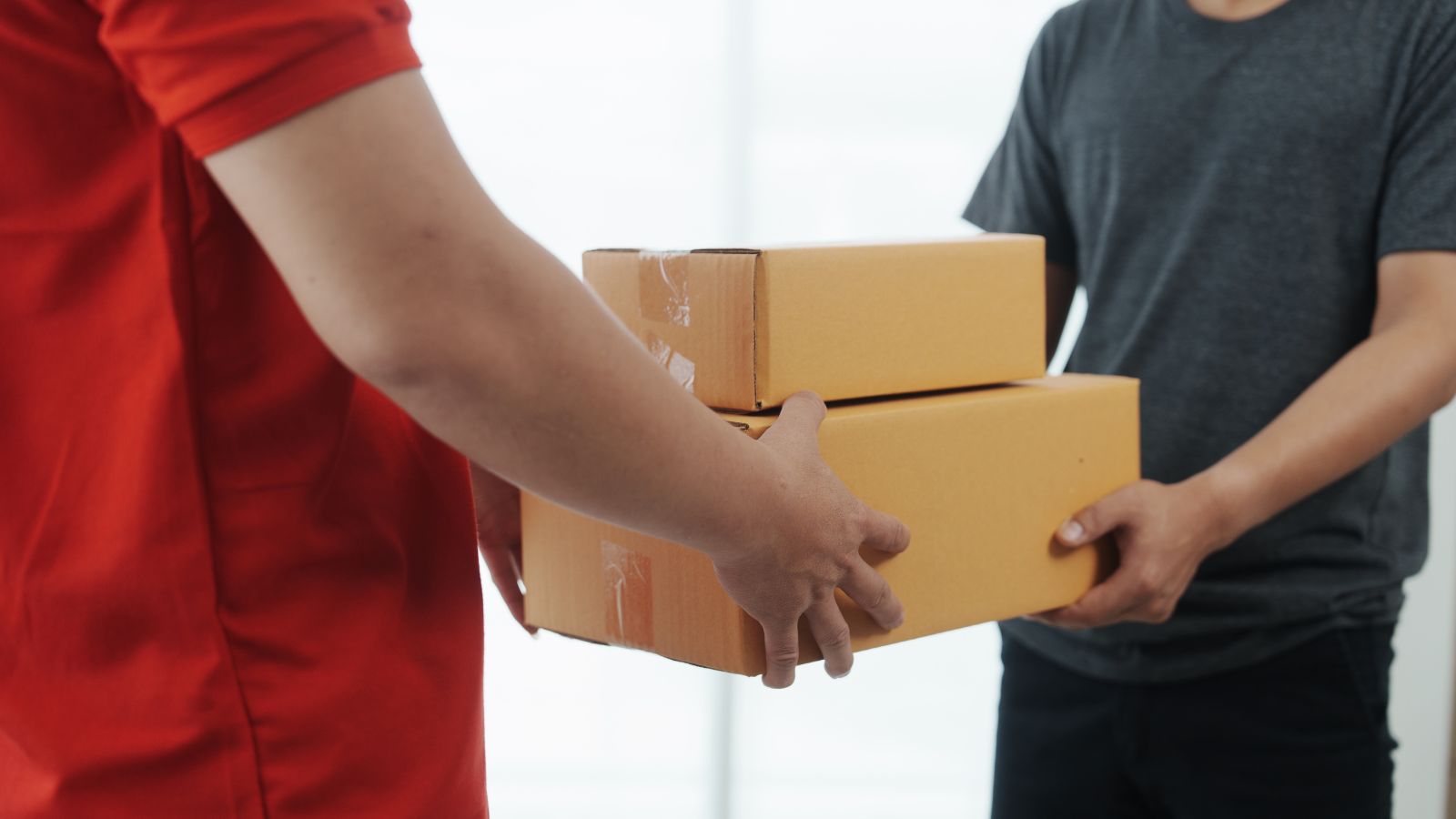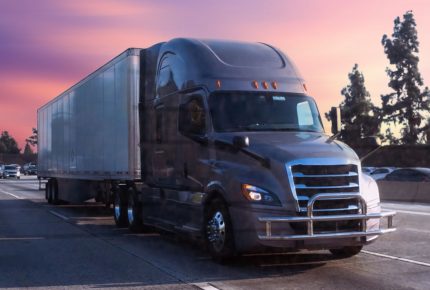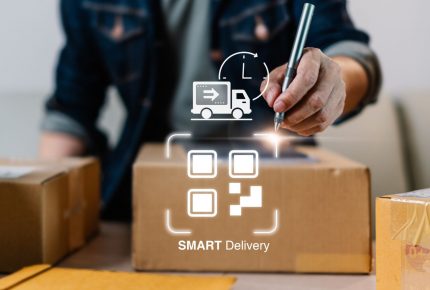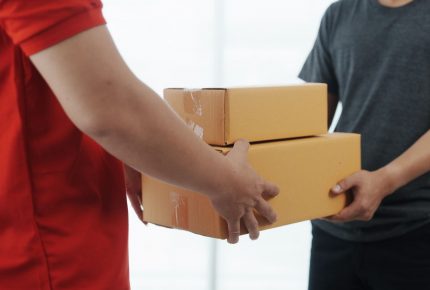Last Mile Delivery Solutions: Optimizing Urban Logistics Efficiency

Last mile delivery is the often-overlooked final step in getting a product from a warehouse to your door. It’s usually the trickiest and most expensive part of the shipping process. Last mile delivery solutions help businesses speed things up, cut total costs, and keep customers happy by using technology for route planning and live delivery management. If you’ve ever wondered how companies keep up with customer expectations for fast, reliable service, this is it.
Plenty of businesses run into issues like failed deliveries, traffic jams, and inefficient routes. The best last mile delivery solutions make things easier with automation, live tracking, and clear communication. When companies get route optimization right and choose the right tools, they save money and build trust with customers. In today’s competitive market, that’s a significant advantage.
Last Mile Delivery Solutions: Optimizing Urban Logistics
Core Components of Last Mile Delivery Solutions
Last mile delivery solutions rely on a few key tools to boost speed, cut costs, and make customers happier. These tools help companies track shipments, confirm deliveries, plan better routes, and connect smoothly with other logistics systems.
Real-Time Tracking and GPS Visibility
Real-time tracking allows companies and customers to get live updates on a package’s location. GPS technology helps delivery teams keep track of vehicles and parcels as they move toward the final destination. This visibility makes it easier to spot and fix delays caused by traffic or weather. Customers can see exactly when their order will arrive, which improves the overall customer experience and reduces missed deliveries. Companies set alerts for any changes in delivery status. This allows them to address exceptions quickly, without waiting for a customer complaint.
Electronic Proof of Delivery Processes
Electronic proof of delivery (ePOD) ditches the old paper forms for digital confirmation. Delivery staff use mobile devices to capture signatures, photos, or timestamps right at the customer’s door. This speeds up documentation and cuts out errors you get with manual paperwork. It also gives solid proof that an item reached its intended recipient. ePOD systems usually sync with central databases instantly, so records stay up to date. That makes things more transparent and holds everyone accountable.
Route Planning and Optimization
Route planning software maps out the best paths for deliveries. It factors in traffic, distance, delivery windows, and vehicle capacity. Route optimization goes a step further by tweaking routes to save fuel and time, which lowers total costs and makes final-mile delivery more efficient. Advanced algorithms can re-route drivers on the fly, handling unexpected changes quickly. This adaptability is a must in crowded urban areas.
Seamless Integration with Logistics Systems
Seamless integration links last mile delivery tools with warehouses, order management, and customer service platforms. This keeps data flowing easily across the supply chain. When systems are connected, order updates, inventory, and delivery statuses sync automatically. That means less manual work and fewer mistakes. I
ntegrations also allow companies to offer better customer service with accurate tracking and faster problem-solving. As businesses grow, this flexibility supports more complex operations.
Enhancing Customer Experience in Last Mile Delivery
Success in last mile delivery hinges on how companies handle communication, timing, and payment options. These things shape the customer experience by making deliveries smoother and more predictable. Clear updates, flexible schedules, and easy payment methods help companies meet customer expectations and keep people coming back.
Customer Communication and Notifications
Good communication keeps customers in the loop and eases delivery anxiety. Companies using real-time SMS updates or app notifications let customers track packages closely. These alerts tell customers when a package is out for delivery or running late, which helps manage expectations. Frequent, clear notifications build trust and help reduce failed deliveries. Customers who know what’s happening are more likely to be ready when the delivery arrives, so everyone wins.
Delivery Time Windows and Flexibility
Offering specific delivery windows gives customers more control over their schedules. When people can choose morning, afternoon, or evening slots, they’re less likely to miss a delivery. Flexible delivery options, such as allowing customers to reschedule or pick a new time, make the process more convenient. Businesses that focus on timing flexibility often see more repeat orders.
Contactless Delivery and Payment Options
Contactless delivery is safer and more convenient. Drivers can leave packages at the door without the need to wait for someone to answer. That cuts down on missed deliveries, too. Offering multiple payment options, such as online payments, mobile wallets, or cards, makes checkout smoother. Flexible payment methods remove friction and adapt to what customers want, which is key for a great customer experience.
Key Operational Challenges and Solutions
Getting deliveries through the last mile isn’t easy. It drives up costs, slows things down, and strains the environment. Balancing efficiency with customer satisfaction while juggling disruptions and sustainability goals isn’t simple.
Reducing Delivery Costs and Delays
Delivery costs can account for 53% or more of total shipping expenses. Labor, fuel, and keeping vehicles running drive costs up. Delays often come from traffic, urban congestion, and limited access points. To address this, companies use micro-hubs closer to customers. These transportation hubs cut travel distances and speed up drop-offs.
Route optimization software helps plan the fastest, most cost-effective paths. Real-time tracking adds transparency and lets companies respond quickly to problems. Parcel consolidation groups packages for the same area, cutting down on unnecessary trips.
Managing Failed Deliveries and Reverse Logistics
Failed deliveries drive up costs and frustrate customers. Missed drop-offs mean extra trips, wasting labor and fuel. Companies can fight this by offering better delivery windows and using real-time communication via SMS or apps. Secure pickup points or lockers give customers more delivery options for collecting packages.
Reverse logistics, which involves handling returns and exchanges, adds another layer of complexity. Efficient systems use central return centers and clear policies. Processing returns quickly helps avoid stock headaches and keeps customers happy.
Sustainability and Carbon Footprint Reduction
There’s growing pressure to shrink the carbon footprint of last-mile delivery. High fuel use and lots of stops mean more emissions. Some companies use electric vehicles or bikes for urban deliveries. Micro-hubs also help by reducing long-distance travel.
Tracking emissions and setting reduction goals is becoming the norm. Combining deliveries and switching to greener transport options supports sustainability without sacrificing service.
Choosing and Implementing Last Mile Delivery Software
Picking the right last-mile delivery software means finding platforms that match your business size and needs. Measuring fleet performance helps improve routes and delivery times. Integrating new tools smoothly into your existing mile logistics operations keeps things running without big disruptions.
Top Platforms and Technology Providers
Many companies rely on platforms like Onfleet for managing last-mile delivery. Onfleet offers features like real-time tracking, route optimization, and customer notifications. These help businesses handle deliveries efficiently, whether they have a small or large fleet.
Other providers, like Upper Route Planner (focused on route optimization) and Detrack (known for detailed tracking and reports), are also worth a look. Businesses should compare platforms for ease of use, pricing, and scalability.
Key features to keep an eye out for:
- Real-time driver tracking
- Automated route planning
- Customer communication tools
Choosing software that matches your delivery volumes and types helps avoid common problems like delays or missed deliveries.
Measuring and Improving Fleet Performance
Tracking fleet performance lets businesses spot inefficiencies and see where to improve. Most delivery software provides metrics like average delivery time, fuel use, and driver productivity. With this data, companies can adjust routes, schedules, and driver assignments.
Route optimization, for example, cuts travel time and fuel costs, which improves fleet performance. Regularly reviewing software data helps managers spot trends and fix delivery issues fast. Better fleet tracking means fewer late deliveries and a smoother customer experience.
Integrating with Existing Delivery Operations
When last-mile software connects well with existing systems, deliveries continue without interruption, and drivers adjust more easily. Most modern platforms offer easy integration with order management or warehouse systems via APIs. Training is key, and drivers and dispatchers need to feel comfortable with new tools.
Rolling out software in phases helps prevent big disruptions. Test new tools on a small scale, then expand once you see the benefits. Good integration makes last mile logistics challenges easier to handle and keeps delivery outcomes consistent.
Frequently Asked Questions
What are common examples of last-mile delivery services?
Last mile delivery services include bringing packages from a warehouse or store right to customers’ homes. They also cover transporting parts, like car collision or mechanical components, to repair shops. Food delivery and courier services are big parts of this, too.
How can businesses track the last mile delivery process efficiently?
Businesses use GPS tracking and delivery management software to keep tabs on every step of the route. Real-time updates help improve accuracy and keep customers happy. Route optimization tools also help reduce delays and fuel costs.
What are the initial steps to establish a last mile delivery company?
If you’re starting a last mile delivery company, you need to understand local delivery needs and secure reliable transportation. Building partnerships with suppliers and shops is a must. Investing in tech for route planning and order management comes next. It’s not always easy, but it pays off.
What features are essential for a successful last mile solutions app?
Must-have features include real-time tracking, route optimization, easy driver-customer communication, and proof of delivery options. The app should let you update quickly if traffic or customer availability changes.
What is the typical duration for completing last mile deliveries?
Delivery times can range from a few minutes to several hours, depending on distance, traffic, and package volume. Urban areas usually allow faster deliveries, while rural spots might take a bit longer.
Where can one find job opportunities in the last mile delivery sector?
Delivery companies, logistics providers, and retailers offer a wide range of job opportunities, including roles in driving, dispatch, customer service, and management. If you’re interested in route optimization, mile logistics, or improving the customer experience, these roles might suit you.
Online job boards and company websites usually list current openings, so it’s worth checking those out regularly. With the future of last mile delivery shifting toward things like autonomous vehicles and more efficient last mile solutions, the demand for people who understand route planning and the shipping process is only growing. Why not see if there’s a position that matches your skills and interests?
Nationwide Freight Brokerage & Logistics Services
At The Junction LLC, we provide tailored freight brokerage solutions to meet the evolving needs of businesses across industries
- FTL (Full Truck Load) Shipping
- LTL (Less Than Truck Load) Shipping
- Transportation of refrigerated, dry, and bulk shipments
- 3PL Warehousing and Logistics
- Contract Warehousing
- Trucking Freight Brokerage
Trucking & Freight Shipping Services:
- Overweight,
- Over-dimension
- Time-sensitive shipments
- LTL (Less-Than-Truckload)
- FTL (Full Truckload)
- Flatbed
- Flatbed LTLRGN (removable gooseneck lowboy)
- RGN (removable gooseneck lowboy)
- Maxi’s / A-Train / B-Train
- Heavy Haul
- Over Dimensional
- Dry Van
- Dry Van LTL
- Refrigerated
- Refrigerated LTL
- Power Only
Nebraska Warehouse One-Stop-Shop | TechnologyEnabled 3PL Value-Added Services Warehouse | Freight Broker | Logistics
Nebraska Warehouse doesn’t just help to facilitate your shipments, but we are truly a one-stop-shop solutions provider. Our services include:
Latest News
The latest information about our Omaha storage warehouse services








